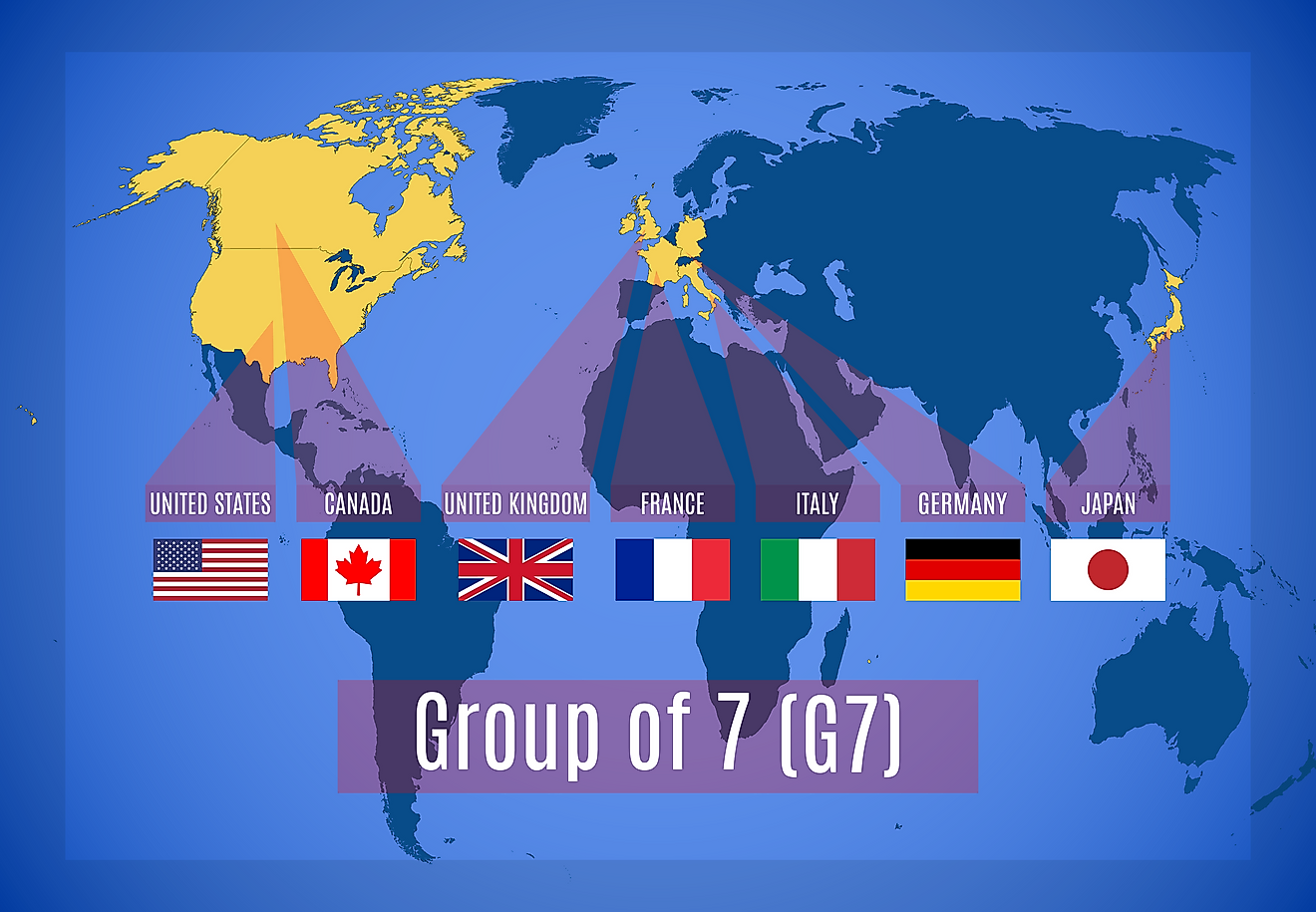What Type of Government Does Serbia Have?

The Republic of Serbia is located at the crossroad of Central and Southeast Europe. It shares its borders with Hungary, Romania, Macedonia, Croatia, Bosnia, and Montenegro. Serbia was one of the founding members of Yugoslavia, which existed in various political formations until the Yugoslav War during the 1990s. After the breakup of Yugoslavia, Serbia formed a union with Montenegro, but the union was peacefully dissolved in 2006 with Serbia reestablishing its independence. Serbia’s independence was declared by the National Assembly of Serbia on June 5, 2006, after a successful referendum held by Montenegro to determine whether to end the union with Serbia.
Government of Serbia
The Government of Serbia operates in the context of a parliamentary democracy, with the government divided into three branches; executive, legislative, and judiciary. The functions and working relations of the three arms of government are defined in the Constitution of Serbia, which was adopted in 2006 in the aftermath of the Montenegro Independence Referendum. The political system is based on separation of power between the three arms of government.
Executive Branch of Government
The executive power in Serbia is exercised by the prime minister who is also the head of the cabinet. The president of Serbia is a symbol of national unity and a country’s state representative. The president is elected by popular vote for a maximum of two five-year terms. He is not answerable to the national assembly but to the citizens of Serbia. The prime minister is selected by the national assembly upon the recommendation of the president. The prime minister is the head of government. He presents the agenda for the government to the national assembly and also proposes cabinet ministers to the parliament for approval. The cabinet is made up of the prime minister, deputy prime ministers, cabinet ministers with portfolios, and cabinet ministers without portfolios.
Legislative Branch of Government
The legislative powers are exercised by a unicameral parliament known as the national assembly, which is composed of 250 elected deputies. The members of parliament are elected in a direct election using a proportional electoral system. The national assembly is responsible for enacting laws, approving budgets, scheduling a presidential election, approving cabinet nominees, selecting and dismissing prime minister and ministers, declaring war against an external enemy, and ratifying international treaties and agreements. Members of the national assembly are elected for a four-year term and have no term limits. Currently, parties with the most representatives in parliament are the Serbia Progressive Party and the Socialist Party of Serbia.
Judicial Branch of Government
The judiciary consists of constitutional court and several other regular courts. The Supreme Court of Cassation heads the judicial system in the country. It is the last court of resort and acts as a court of appeal. Administrative courts and commercial courts are considered courts of special jurisdiction. The judicial branch is overseen by the Ministry of Justice. The Serbian police are responsible for maintaining law and order as well as enforcing the law.
Local Government
The local governments in Serbia serve as basic units for services and collection of taxes. The local governments are responsible for the provision of basic services such as garbage collection, maintenance of estate roads, issuance of licenses, and lighting. They aere responsible to the central government.











